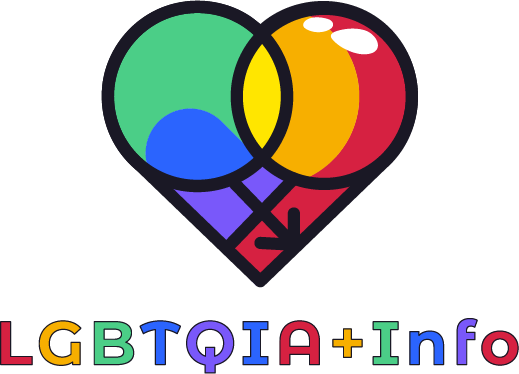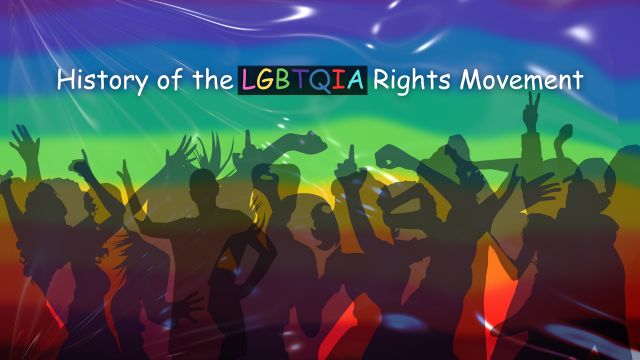The LGBTQIA rights movement has come a long way since its inception, marked by both progress and challenges. In this article, we will explore the history of this movement, from its early beginnings to the present day, and discuss the critical events, individuals, and organizations that have shaped it.
Introduction
LGBTQIA rights activists have been fighting for equality for those who identify as lesbian, gay, bisexual, transgender, queer/questioning, intersex, or asexual throughout the 20th and 21st centuries. The movement has been critical in influencing policy and public opinion shifts that have resulted in increased societal acceptance and equality for the LGBTQIA community.
Explore the importance of inclusive language and pronouns for LGBTQIA+ individuals!
Early Beginnings of the Movement
It is possible to trace the origins of the LGBTQIA rights movement all the way back to the latter half of the 19th century and the early 20th century. Despite this, the movement did not begin to acquire traction until the 1960s. The Society for Human Rights was one of the first organizations to be established in the United States. It was established in Chicago in the year 1924. Sadly, the group only existed for a brief period of time before it was dissolved not long after it was founded.
Stonewall Riots and the Birth of the Modern LGBTQIA Rights Movement
The Stonewall riots on June 28, 1969, in New York City, marked the beginning of the modern LGBTQIA rights movement. When police stormed the Stonewall Inn, a prominent homosexual club in Greenwich Village, it set off rioting. Stonewall Inn customers fought back against police during one of several routine raids on homosexual establishments. After many days of rioting, this incident is today seen as a watershed moment in the fight for LGBTQIA rights.

The 1970s: A Decade of Activism
The LGBTQIA rights movement saw substantial action throughout the 1970s. Several groups emerged at this period to advocate for gay rights, including the Gay Liberation Front and the Gay Activists Alliance. In addition to denouncing prejudice, these groups also helped LGBTQIA people whose families had disapproved of them in various ways.
AIDS Crisis and the Fight for Recognition: The LGBTQIA Rights Movement in the 1980s
The AIDS epidemic of the 1980s posed a new threat to the LGBTQIA rights movement. The LGBTQIA community bore the brunt of the epidemic’s effects, and the tardy government reaction only added to the community’s anger and dissatisfaction. In response, activists formed groups like ACT UP (AIDS Coalition to Unleash Power), which used tactics including direct action to win more resources for AIDS research and treatment.
Marriage Equality: The Fight for Recognition and Equal Rights in the 21st Century
In the latter half of the twentieth century and the early twenty-first century, the campaign for marriage equality emerged as a focal point of the LGBTQIA rights movement. In 2001, the Netherlands saw the first same-sex marriage, and afterward, several other nations legalized such unions. In 2015, the United States Supreme Court ruled in Obergefell v. Hodges, making same-sex marriage lawful across the country.

Struggle for Trans Rights
The fight for trans rights has taken center stage in the LGBTQIA rights movement in recent years. Discrimination against trans people occurs in a variety of contexts, including work, healthcare, and housing. Greater legal protections and societal acceptability for trans people are the goals of groups like the Transgender Law Center and the National Center for Transgender Equality.
Global LGBTQIA Rights: Fighting for Equality and Acceptance Around the World
The LGBTQIA civil rights struggle is not only in the US. LGBTQIA folks have been battling for equal rights and protections from activists all across the globe. In other nations, homosexuality is still against the law, and LGBTQIA people are subject to prejudice, violence, and persecution.
Challenges Facing the LGBTQIA Rights Movement Today
Although the campaign for LGBTQIA rights has made great strides, there are still obstacles to overcome. Discrimination against the LGBTQIA community persists in many spheres of society, including the workplace, housing, healthcare, and the classroom. In particular, the battle for trans rights is continuing since many people still face obstacles to receiving healthcare and having their gender identity recognized by the law.
Learn more about the struggles of LGBTQIA individuals and what can be done to promote their rights!
Conclusion
Since its infancy, the LGBTQIA rights movement has been distinguished by both considerable accomplishments and setbacks. As a result of the movement, LGBTQIA people are now protected under the law and enjoy more social acceptance and equality. However, more has to be done to guarantee that all people who identify as LGBTQIA have full legal protections.

